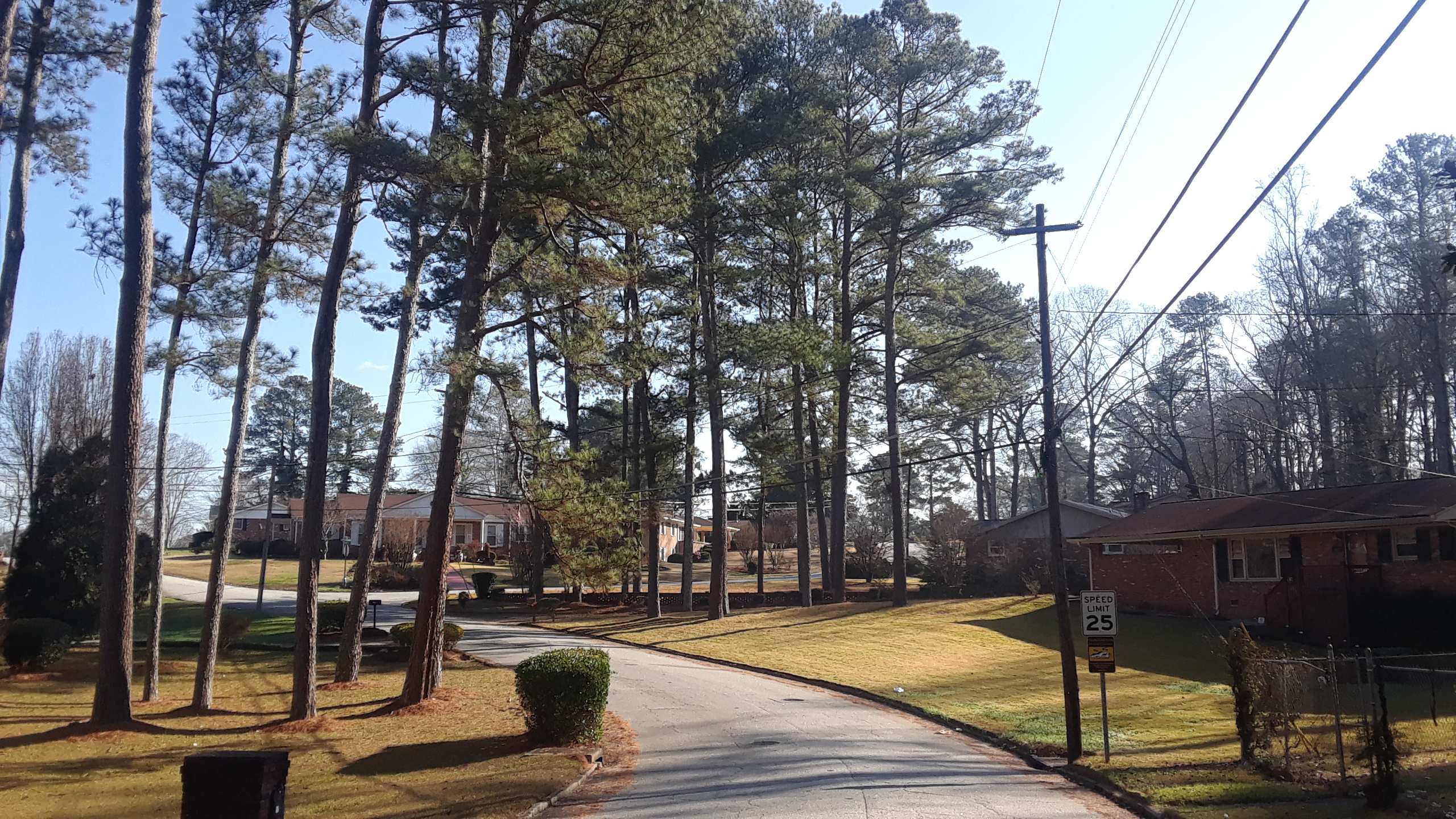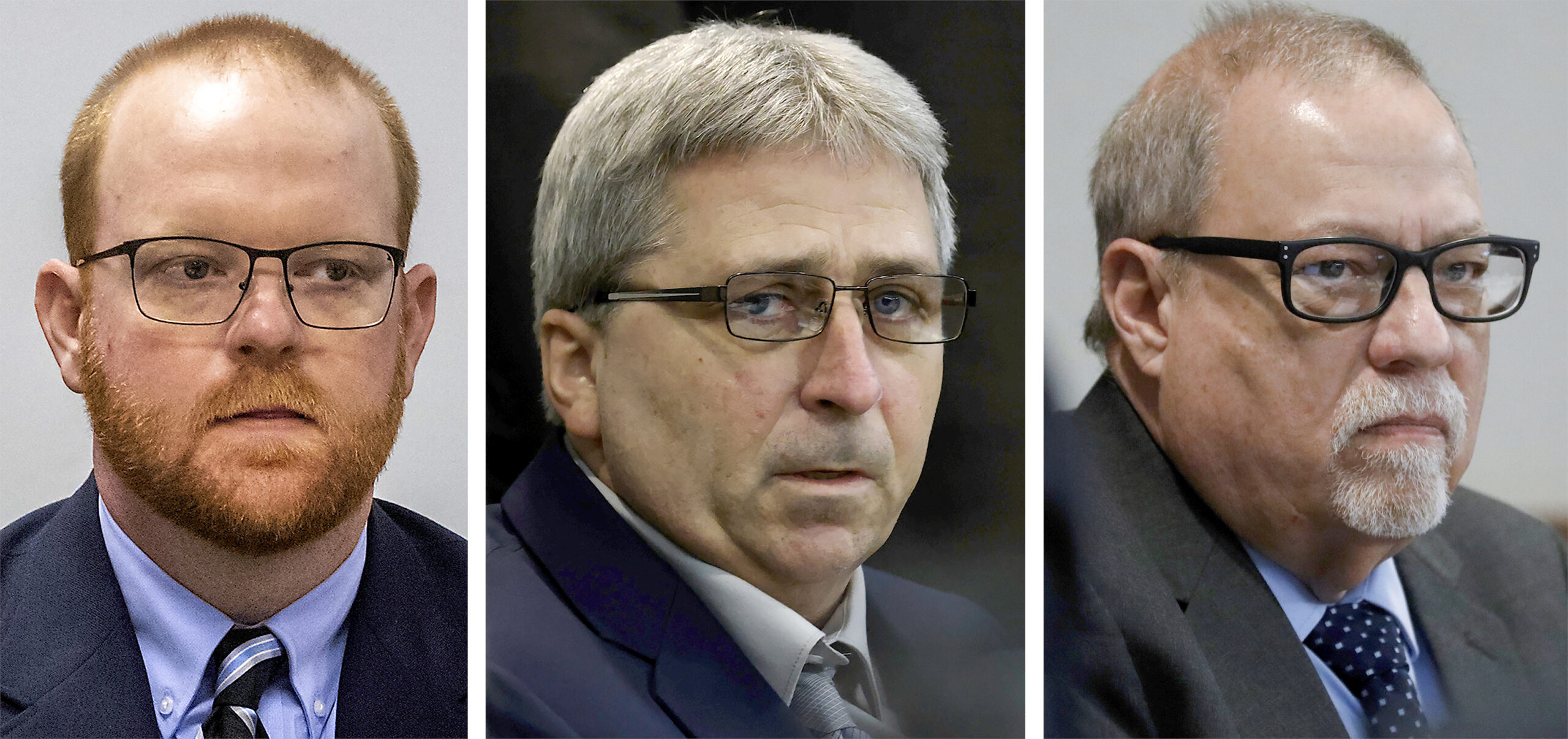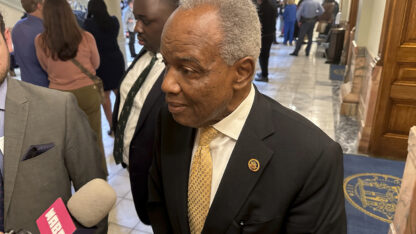Atlanta’s dreadful rush-hour traffic could be extra nasty for months to come after a raging fire underneath Interstate 85 collapsed an elevated portion of the highway and shut down the heavily traveled route through the heart of the city.
Traffic was bumper to bumper on nearby streets as drivers were forced to take a detour Friday, the morning after the blaze caused the concrete to crumble.
The collapse took place a few miles north of downtown, and the effects could fall most heavily on commuters from Atlanta’s densely populated northern suburbs. They will have to find other routes to work or ride mass transit.
Connie Bailey-Blake, of Dacula, 37 miles northeast of Atlanta, waited for a MARTA commuter train to reach her job downtown. She typically drives, often by way of the interstate.
“I’m supposed to be at work at 9 a.m. and it’s 9:15 a.m.,” Bailey-Blake said. “The first few days are going to be difficult. This will be my new life.”
Amelia Ford picked a new route to work by car and said it took her 45 minutes to travel 3 miles from her Atlanta home to the nearest open on-ramp to the interstate.
Georgia Transportation Commissioner Russell McMurry said 350 feet of highway will need to be replaced in both directions on I-85, which carries about 400,000 cars a day through the city and is one of the South’s most important north-south routes.
He said repairs will take months but declined to be more specific.
The collapse effectively “puts a cork in the bottle,” Georgia State Patrol Commissioner Mark McDonough said.
The fire broke out Thursday afternoon in an area used to store state-owned construction materials and equipment, sending flames and smoke high into the air. Fire authorities said they had not determined how the blaze started.
“That material had been there quite a while, and the fire didn’t start by itself,” said Atlanta Fire Chief Joel Baker.
McMurry echoed Baker’s assertion.
“It’s no different than having a plastic cup in your cupboard. It does not ignite, it takes something to cause something like that to burn,” he said.
Baker said they’re not ruling out foul play and are looking for traces of materials like gasoline or fireworks to figure out the cause.
No injuries were reported. Firefighters shut down the section of highway before it gave way, and made it to safety themselves after hearing the road cracking and seeing concrete go flying, authorities said.
In the meantime, MARTA increased rail service and said additional staff be on hand to help passengers figure out how to get where they’re going.
U.S. Transportation Secretary Elaine Chao promptly released $10 million for the initial repair work, and the Federal Highway Administration promised more in emergency repair funds. Officials gave no estimate of how much the job would cost.
Lauren Stewart, director of the Structural Engineering and Materials Laboratory at Georgia Tech in Atlanta, said intense heat can compromise even steel-reinforced concrete.
“With fires, especially fires that burn for long periods and with high heat, you can see structures, anything from buildings to bridges, can have their material properties degrade,” Stewart said.
It’s happened before. In 1996, a fire in a big pile of tires beneath I-95 in Philadelphia left a span too weak to handle cars, forcing authorities to shut down 4 miles of the busy East Coast route for repairs.
Andy Herrmann, a retired partner with the New York-based engineering firm Hardesty & Hanover, said there have also been a few instances of gasoline trucks crashing and causing intense heat that damaged overpasses.
Herrmann said concrete will undergo severe cracking at about 1,500 degrees Fahrenheit and start disintegrating at higher temperatures. Building roads to withstand such heat would be prohibitively expensive, he said.
“We have limited dollars for maintaining our bridges,” Herrmann said. “This is such a rare thing to occur.”
WABE staff contributed to this report.

9(MDAxODM0MDY4MDEyMTY4NDA3MzI3YjkzMw004))








